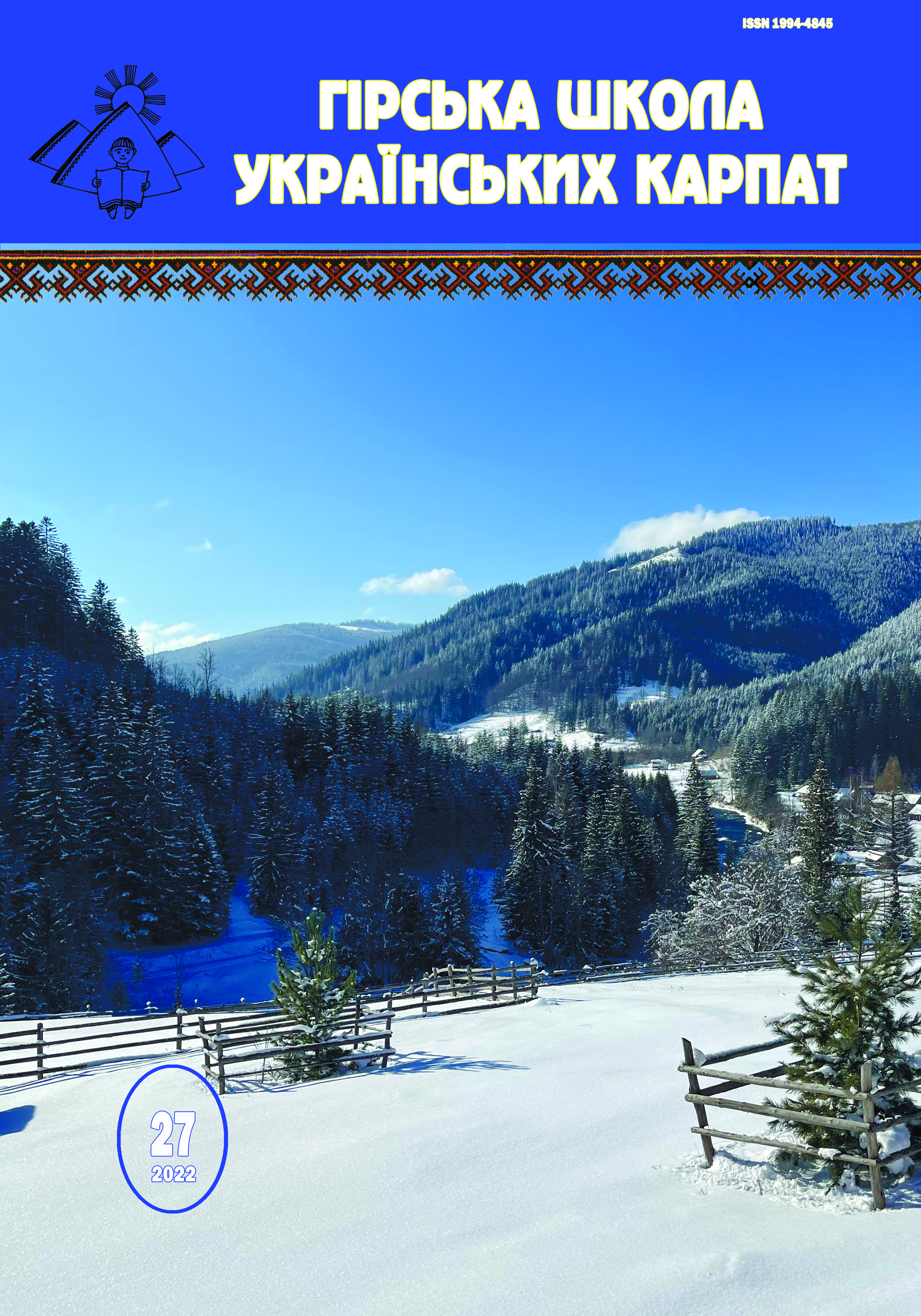INVERTED LECTURE» – INNOVATION IN HIGHER EDUCATIONAL INSTITUTION TEACHING METHODOLOGY
DOI:
https://doi.org/10.15330/msuc.2022.27.120-125Keywords:
«inverted lecture», «inverted learning», innovation, methodology, training, teacher, HEI.Abstract
The article is devoted to one of the innovative technologies that are actively used in educational practice in a higher education institution - «inverted lecture». On the basis of the scientific literature analysis, the essence of the «inverted lecture» concept is highlighted, the purpose, tasks and ways of using technologies in higher education are outlined. Established that all approaches to the «inverted learning» deployment (classical, advanced and mixed models) are based on a single basic principle: familiarization with new material is carried out outside the classroom, while classroom work is devoted to a practical set of acquired knowledge. It has been researched that the following types of lectures are chosen in the practice of higher educational institutions: typical, discussion-oriented, demonstration-focused, pseudo-inverted, group, virtual, «inverted teacher». Based on questionnaires (questionnaires «Effectiveness of traditional form of education» and «Effectiveness of inverted form of education» (Google Form)) it was established that the technology of «inverted lecture» is flexible, which allows forming a dynamic and creative environment in which students learn to think critically and solve the tasks together. It was concluded that the «inverted lecture» is an innovation in the teaching methodology at higher education institutions, after which it aims to change the role of teachers to obtain closer cooperation, teamwork and joint contribution to the educational process, which prompts a shift in positions from the simple presentation of educational material to work on its improvement.


